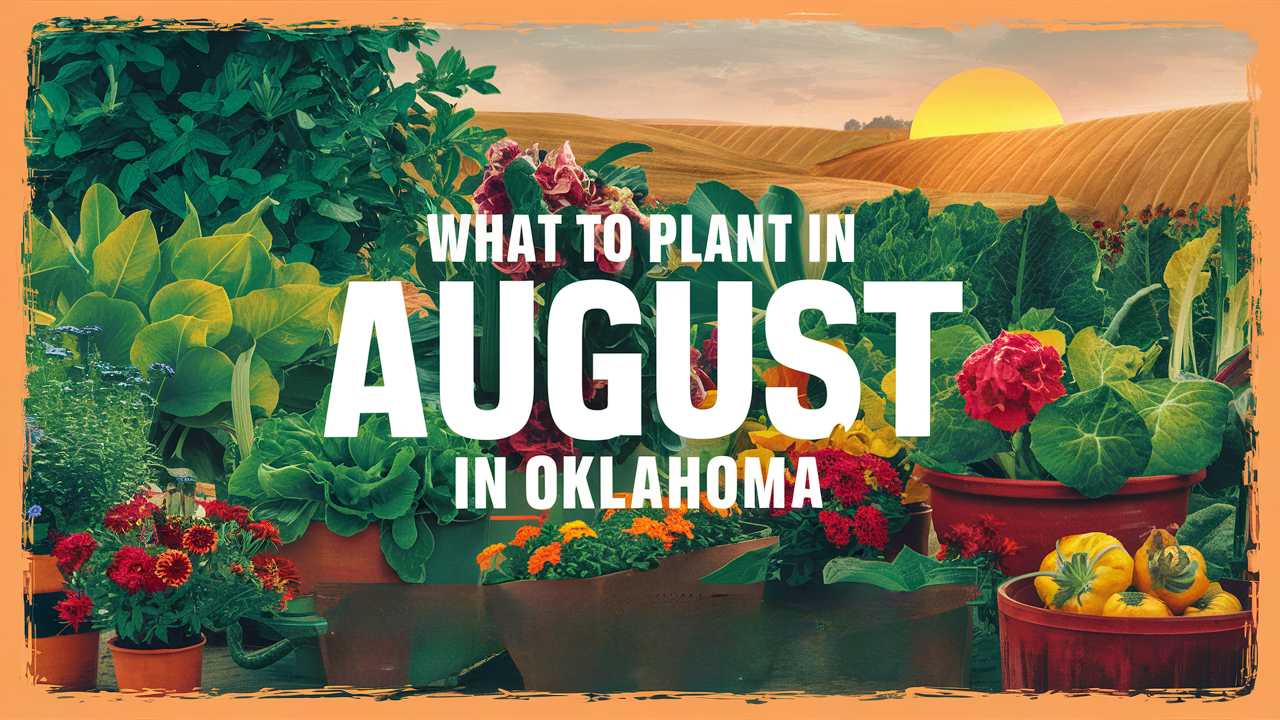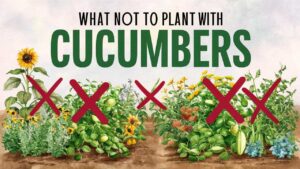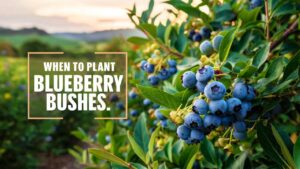This guide offers a comprehensive overview of the vegetables, flowers, herbs, and landscape plants that are ideal for August planting across different USDA zones in Oklahoma, ensuring that you make the most of this fruitful gardening season.
Vegetables To Plant
August is an excellent month to plant an array of vegetables in Oklahoma. As the temperatures begin to slightly cool down, these crops can flourish, leading to a successful fall harvest. Below are some of the top vegetables to consider planting:
Carrots
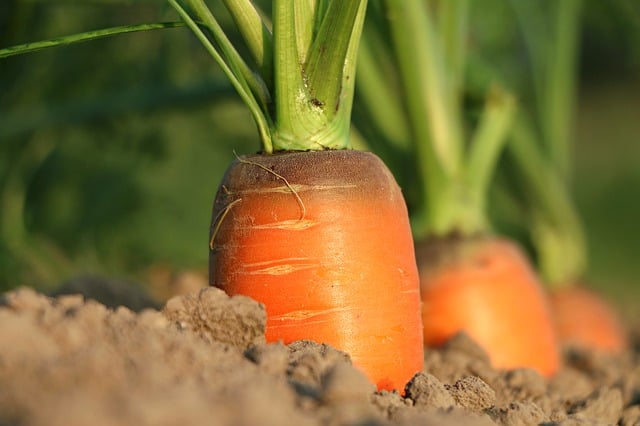
Carrots thrive in well-drained soil and require minimal care. In Oklahoma, these root vegetables can be sown directly into the ground until mid-August in USDA Zones 6 and 7. They prefer cooler temperatures, ideally between 55°F to 75°F. Carrots can tolerate light frost, making them a great choice for late summer planting, as you’ll be able to harvest them from late September through November.
Beets
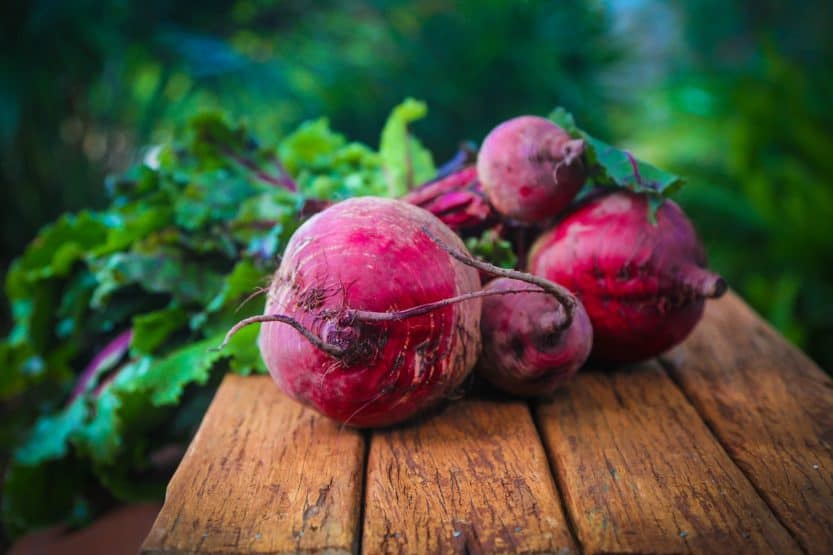
Similar to carrots, beets love to grow in cooler temperatures. Plant them in late August for a fall harvest. They prefer full sun and should be spaced about 3 inches apart to allow room for the bulbs to expand. Beets are relatively hardy and can withstand frost, which enhances their sweetness. If you’re concerned about unexpected heat waves, make sure to keep them watered consistently.
Turnips
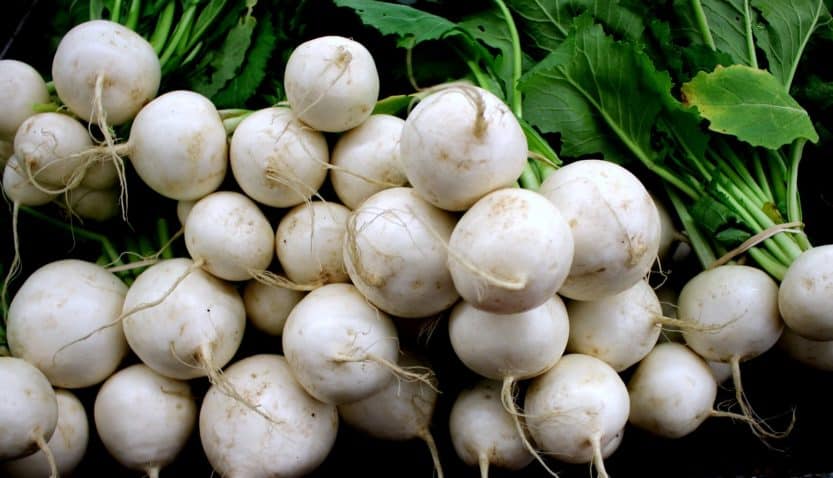
Turnips grow quickly and can be harvested in as little as 30 days. By planting in early August, gardeners can ensure a nice crop before the first frost. They thrive in USDA Zones 6 and 7, preferring wasloamy to well-drained soil with a slightly acidic pH. Turnips are versatile in the kitchen and can be used in soups, stews, or sautéed.
Spinach
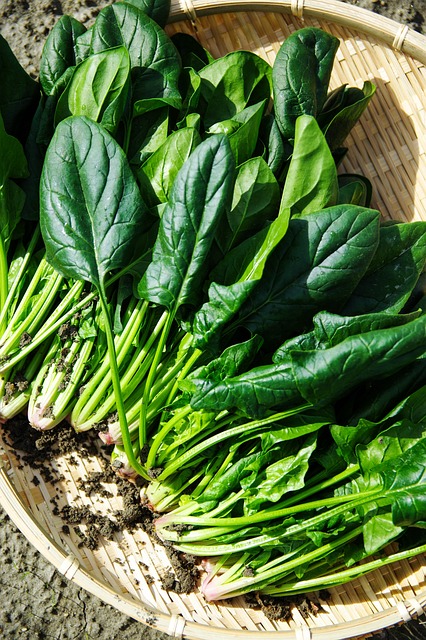
August is an excellent time to plant spinach for a fall harvest in Oklahoma. This leafy green thrives in cooler weather and can be planted as late as mid-August in USDA Zones 6 and 7. Spinach seeds should be sown about half an inch deep, with rows spaced 12 to 18 inches apart. It prefers rich soil with plenty of organic matter. Once established, spinach can withstand light frosts, which can actually improve its flavor.
Radishes
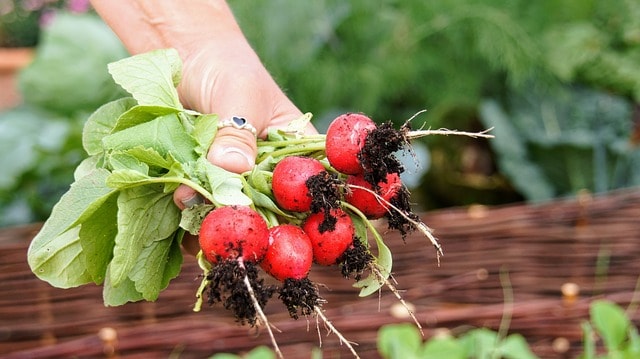
Radishes are one of the fastest-growing root vegetables available, sometimes ready for harvest in as little as three weeks after planting. By sowing radish seeds in early to mid-August, you can enjoy several quick rounds of harvest before the frost sets in. They prefer well-drained soil and moderate watering. With many varieties available, you can choose from spicy black radishes to milder red globe variations.
Lettuce
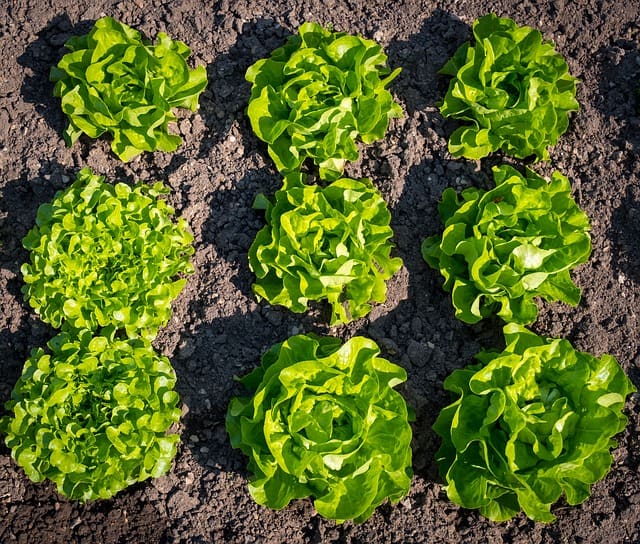
Cool-season lettuce varieties can be sown in August to grow into the fall. With a range of leaf shapes, colors, and flavors, lettuce is an excellent choice for home gardens. Sow seeds every two weeks for successive harvests. They grow best when sown in well-draining soil with plenty of organic matter. Lettuce enjoys cooler temperatures, ideally between 60°F and 70°F, which makes August planting perfect.
Swiss Chard
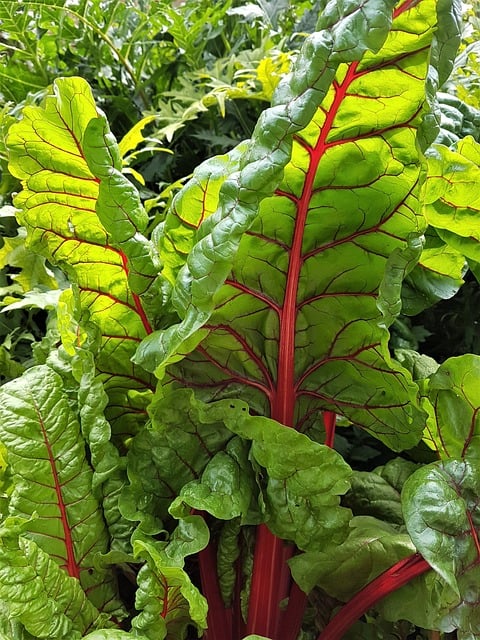
This colorful leafy green is not only nutritious but also quite hardy. Swiss chard can be planted in August and will continue to grow well into fall, even tolerating light frosts. It prefers rich, moist soil and should be sown about half an inch deep, with plants spaced at least 6 inches apart. The bold colors of Swiss chard can add a visual flair to your garden as well as your plate.
Cauliflower
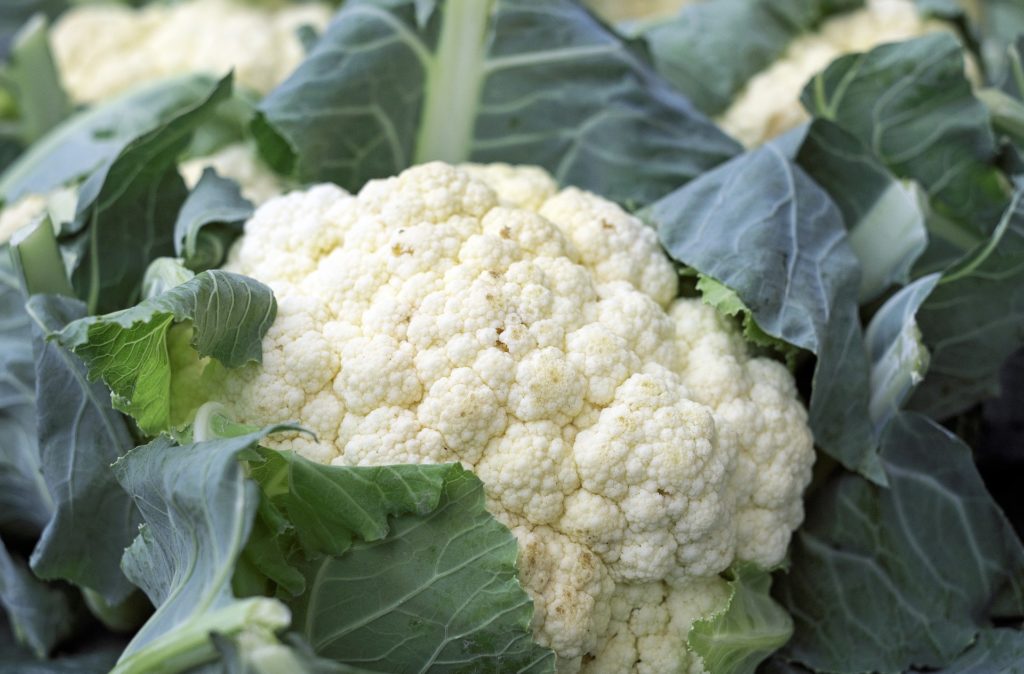
Cauliflower can be successfully started in August for a fall harvest. Choose varieties suited to your climate and make sure they are planted in full sun with well-drained soil. Cauliflower appreciates cooler weather to form its heads properly, which typically occurs when temperatures are consistently between 60°F and 70°F. With the right conditions, you’ll be rewarded with beautiful, white heads packed with flavor.
Broccoli
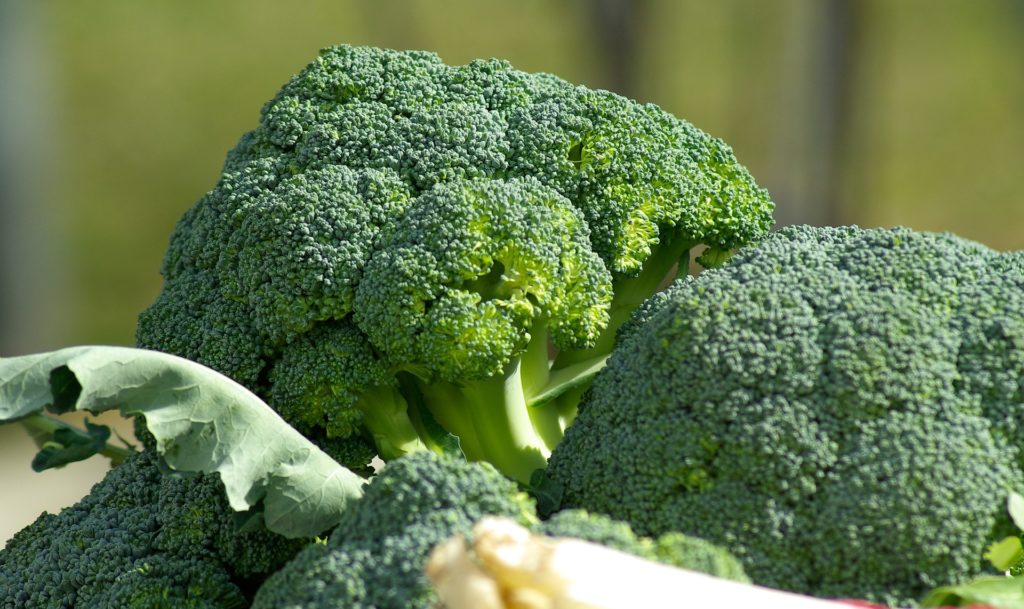
Like cauliflower, broccoli can thrive in the cooler days ahead. Plant seeds or transplants in August to yield a fall harvest. Broccoli prefers rich, fertile soil and requires proper spacing—usually 18 to 24 inches apart—to develop a solid head. It’s important to keep it well-watered and protected from extreme heat, but it can withstand some frost, enhancing the flavor of the florets.
Garlic
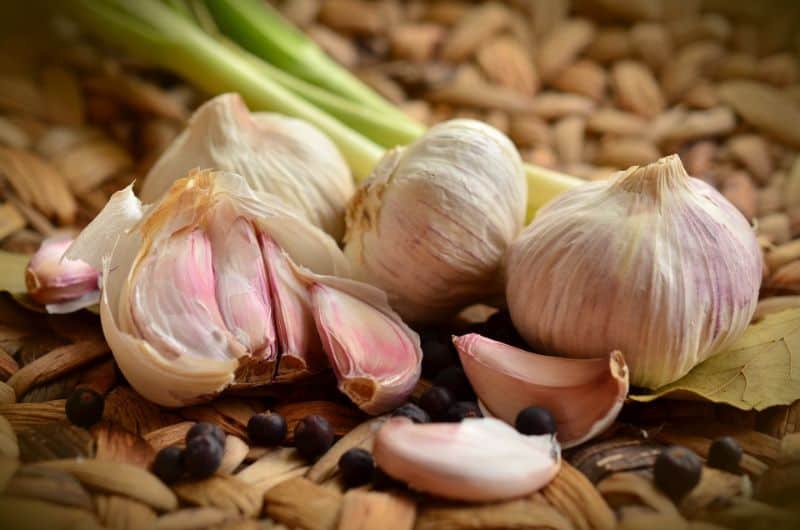
Though typically planted in the fall, August is a great time to prepare your garlic bed. While actual planting won’t occur until later, this month allows gardeners to set aside a site in the garden, amend the soil, and enrich it with compost. Garlic prefers well-drained loamy soil and should be planted in a sunny spot for optimal growth. You can expect to see your bulbs ready for harvest in the following summer.
Flowers To Plant
As the weather begins to cool, August presents a great opportunity to plant flowers that will flourish into the fall months and beyond. Here are ten beautiful flowers well-suited for planting this month in Oklahoma:
Pansies
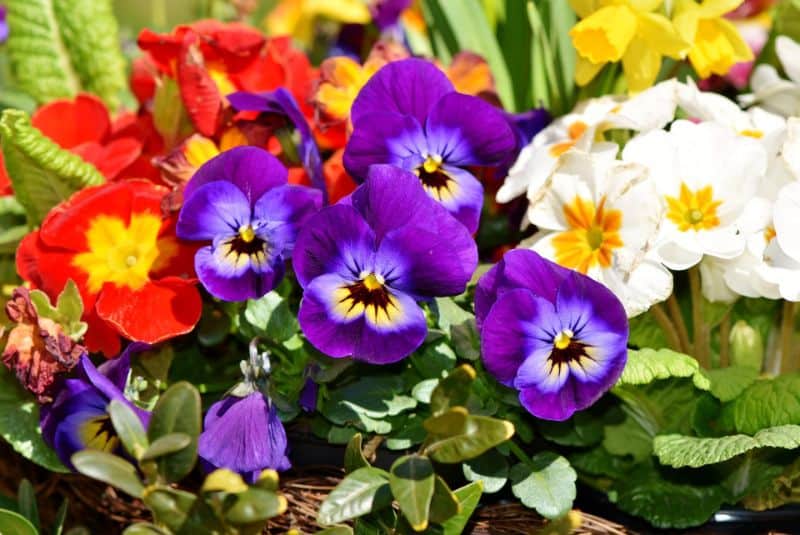
Pansies are delightful, cool-weather blooms that are perfect for late summer planting. In USDA Zones 6 and 7, you can plant pansy seeds or transplants in mid to late August. These hardy flowers thrive in well-drained soil and can tolerate light frosts, making them an excellent option for extending your garden’s bloom time into fall. Their vibrant colors will brighten any garden bed or container.
Mums (Chrysanthemums)
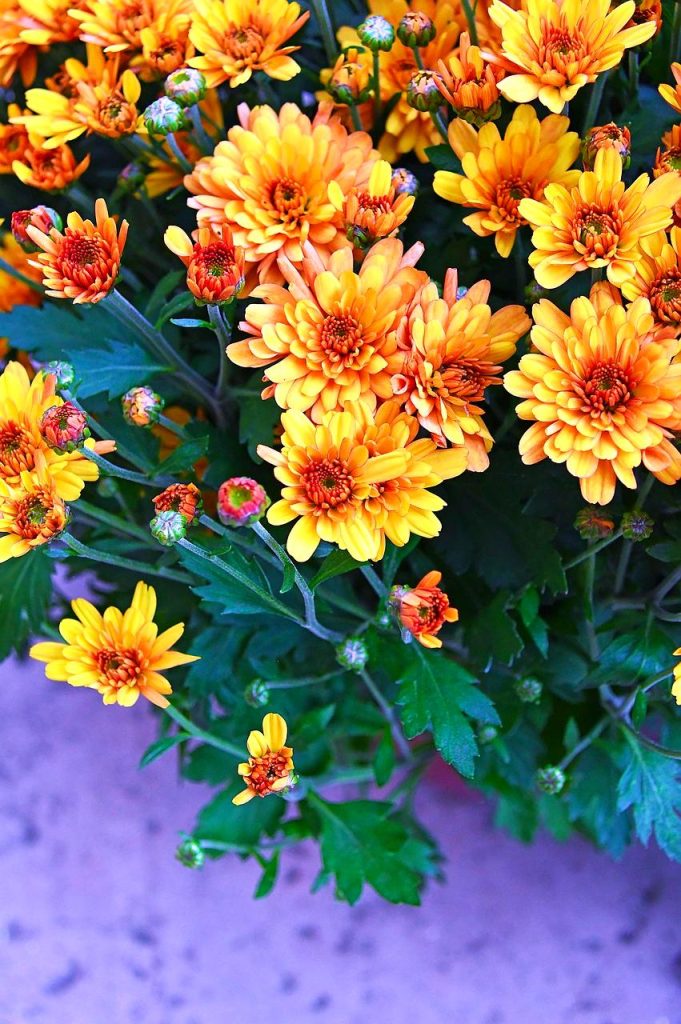
Mums are quintessential fall flowers and are best planted in August to establish strong root systems before cooler weather sets in. These colorful blooms prefer full sun and well-drained soil. They are available in a variety of colors and forms, making them perfect for garden displays or as potted plants. Mums thrive when mulched and watered to maintain soil moisture without becoming soggy.
Asters
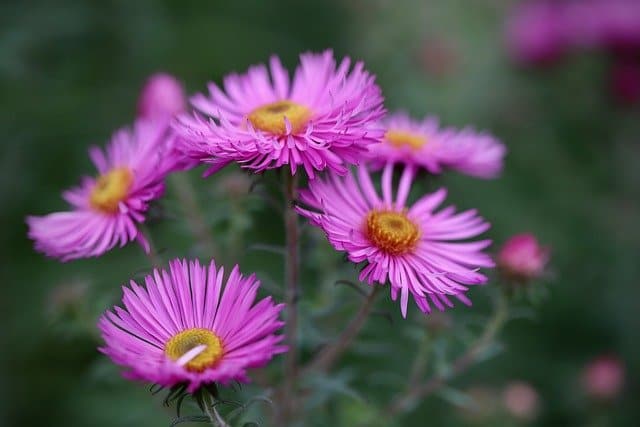
Asters provide a beautiful splash of color in the fall garden. Planting asters in August allows them to establish themselves before winter. These perennial flowers prefer sunny conditions and well-drained soil. Asters are known for their ability to attract butterflies, making them a perfect addition to any wildlife garden. By choosing the right varieties, you can enjoy their blooms from late summer into early fall.
Snapdragons
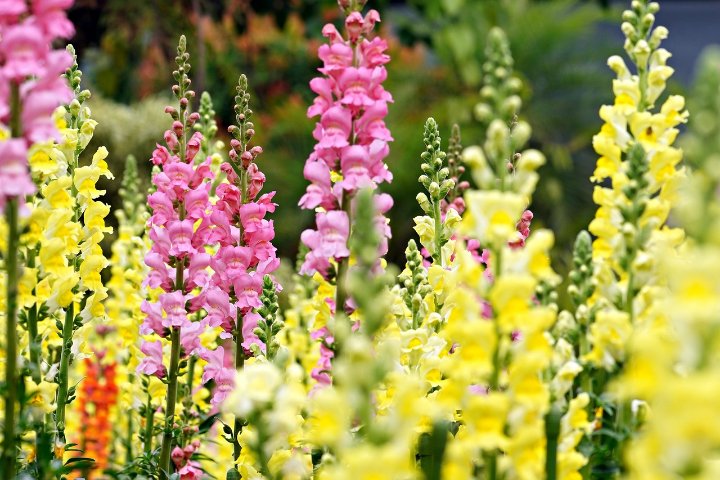
Snapdragons are versatile flowers that can be planted in late summer, blooming beautifully into the cooler months. They prefer full sun, moist, well-drained soil, and need decent spacing for proper airflow. Snapdragons can handle light frosts and are known for their variety of colors and unique flower shape. Plant them late in August for a stunning display as they come into bloom in late fall.
Dianthus
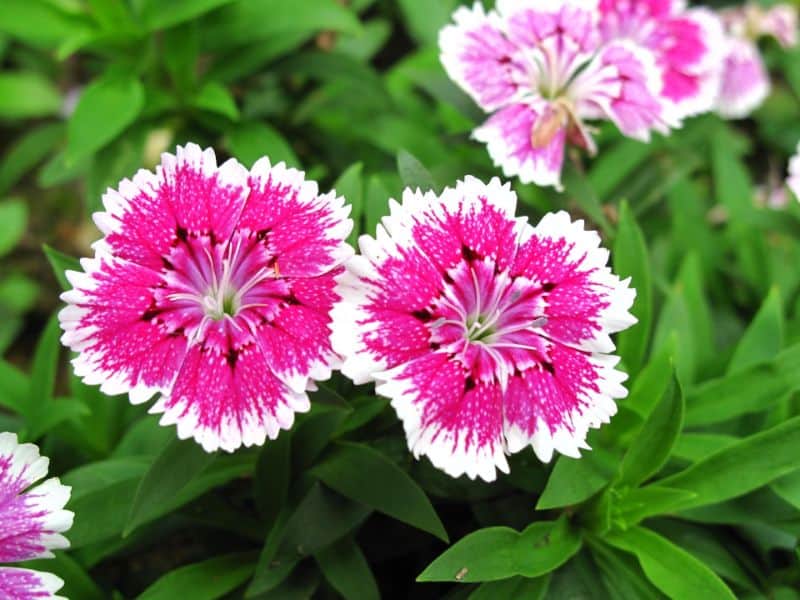
Dianthus, also known as pinks, can be planted in August for a colorful garden display that extends into the fall. These perennial flowers thrive in full sun and well-drained soil and are drought-tolerant once established. Their sweet fragrance and frilled petals make them an appealing choice for borders or as an accent in garden beds. Cutting them back post-bloom can encourage another flush of flowers come spring.
Ornamental Kale
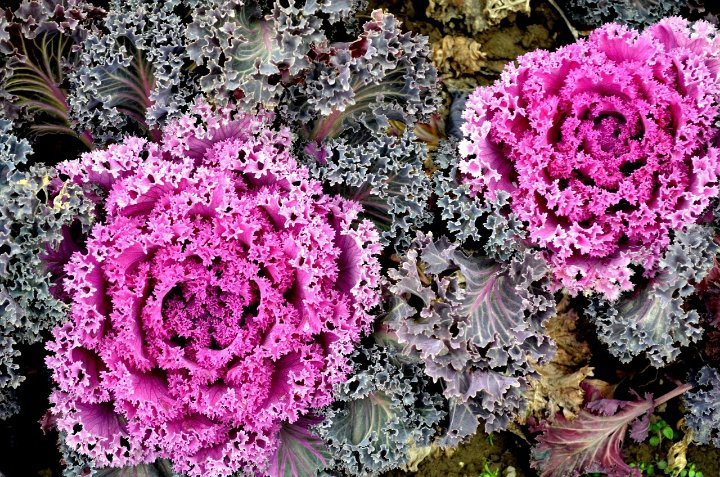
For a stunning visual interest, consider planting ornamental kale in August. This versatile plant not only adds vibrant color but is also frost-tolerant, thriving even in cooler weather. Ornamental kale prefers full sun to partial shade and well-drained soil. As the temperatures cool, the color deepens, providing a lovely backdrop in understory plantings or containers.
Sunflowers
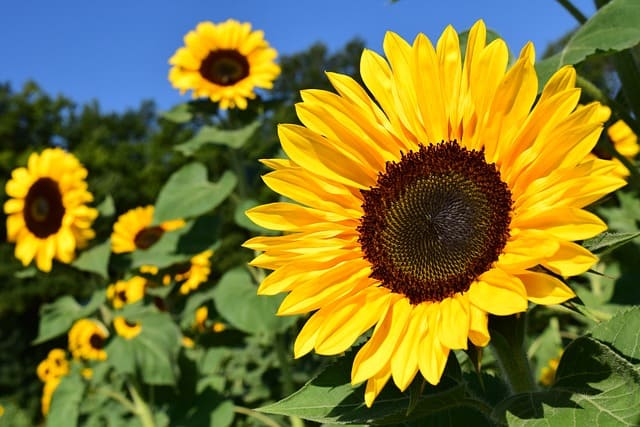
As the days shorten, late August is a great time to plant sunflowers for the fall. Choose dwarf varieties for containers or taller ones for borders. This sunny flower loves well-drained soil and full sun. Sunflowers mature quickly, often capable of blooming within 70 to 90 days, and can add a joyous note to any garden space just as summer transitions into fall.
Zinnias
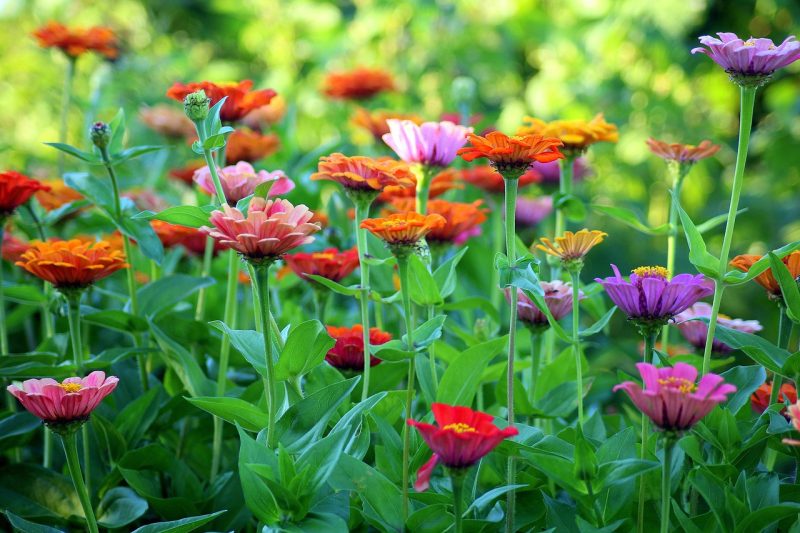
Zinnias are another excellent option for late summer planting. These sturdy annuals bloom reliably in the heat and are tolerant of drought, making them well-suited for Oklahoma’s hot summers. Planting in August allows you to enjoy continued blooms into fall. They come in an array of colors and shapes, making them great for cut flowers, and they thrive in full sun with well-draining soil.
Cosmos
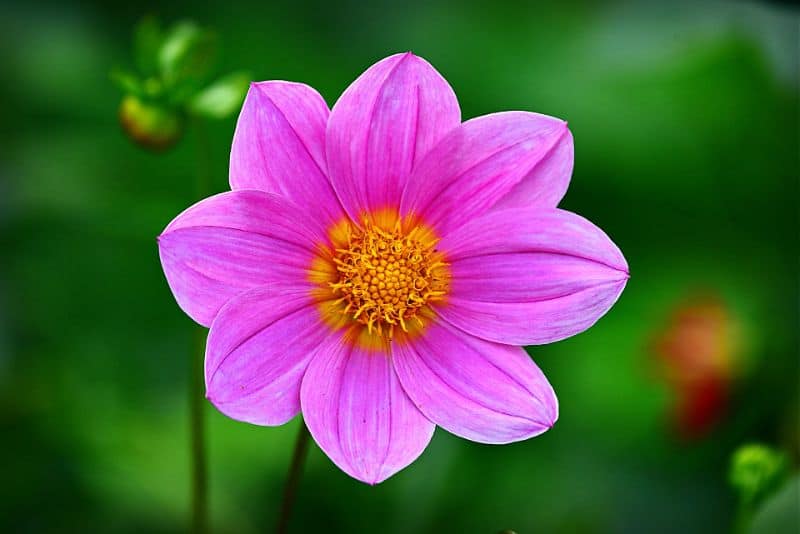
Cosmos are easy-to-grow annuals that thrive in poor soil conditions, flourishing in full sun and offering a riot of blooms into the fall. Seed them in August, and you will be rewarded with beautiful flowers that attract pollinators. They tolerate some drought once established, which makes them suitable for Oklahoma’s sometimes tough climate.
Salvia
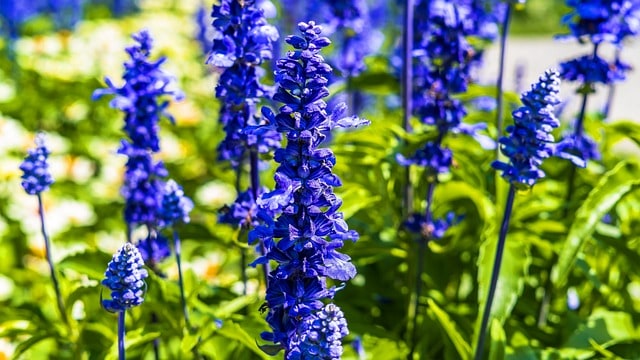
Salvia, or sage, is a hardy perennial that offers durability through the changing seasons. August planting allows the roots to settle before the frost arrives. Salvia prefers full sun and well-drained soil and is known for attracting pollinators such as bees and hummingbirds. These vibrant flowers can be a stunning addition to your borders, as they provide perpetual blooms into fall.
Herbs To Plant
Herbs are an essential component of any garden, providing fresh flavors to your meals and aromatic additions to your landscape. August is an excellent time to plant a variety of herbs in Oklahoma:
Basil
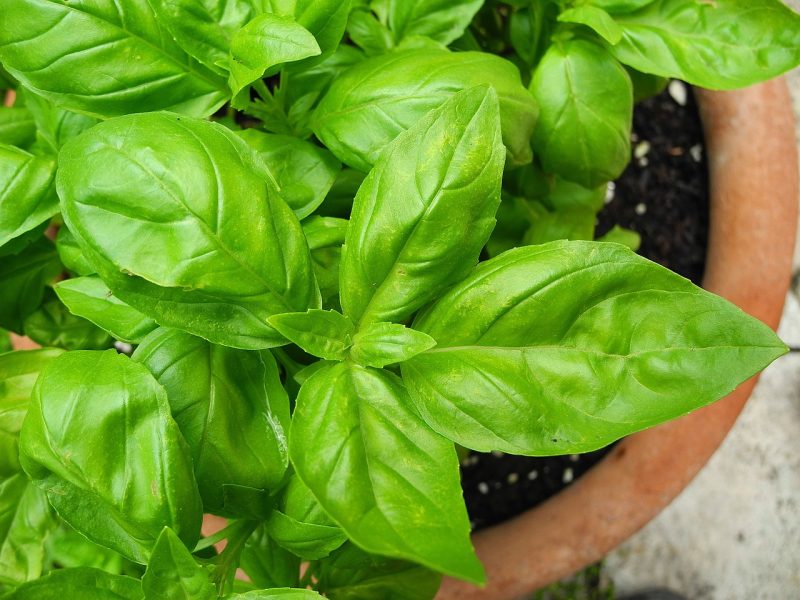
Basil is a warm-weather herb best planted in late summer for a fall crop. It thrives in full sun and well-drained soil. This herb prefers temperatures between 65°F and 85°F and can tolerate light frosts. Planting in August will ensure that you have fresh basil to harvest right up until the first frost, perfect for sauces, salads, and more.
Cilantro
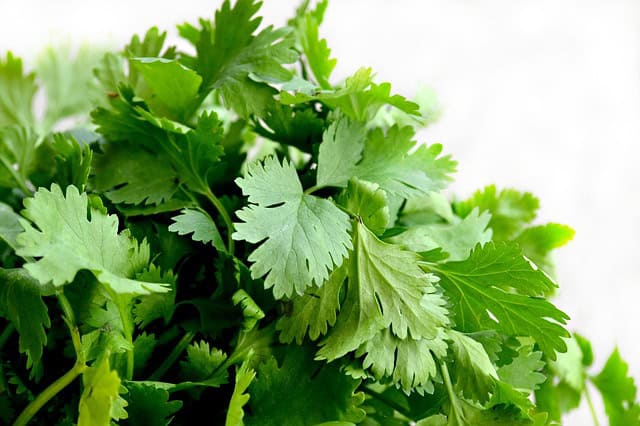
Cilantro can be planted in August, as it prefers slightly cooler temperatures to thrive. Plant seeds directly into the soil, and they will germinate in about 7 to 10 days, with a quick harvest possible in about three weeks. Cilantro enjoys full sun and well-drained soil with consistent moisture, and it’s a key herb in many culinary traditions, especially in salsa and other fresh dishes.
Chives
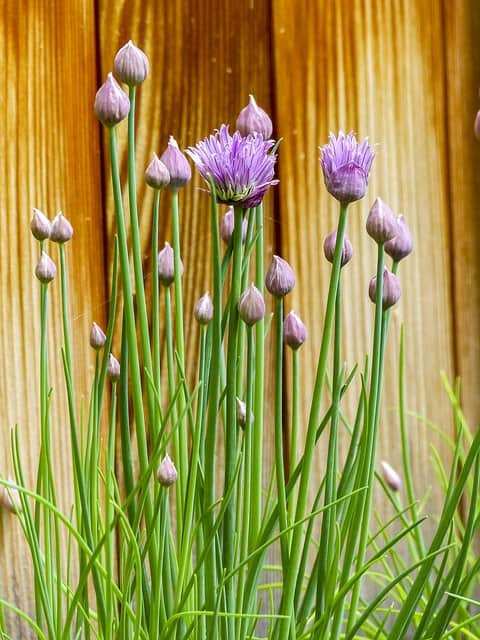
Chives are a perennial herb that can be planted in August to resettle before the colder months arrive. They are hardy and can withstand frost, making them a great addition to any herb garden. Chives prefer well-drained soil and full sun but can tolerate partial shade. With their delicate flavor and attractive purple flowers, they can add vibrant visual interest as well as culinary delights.
Parsley
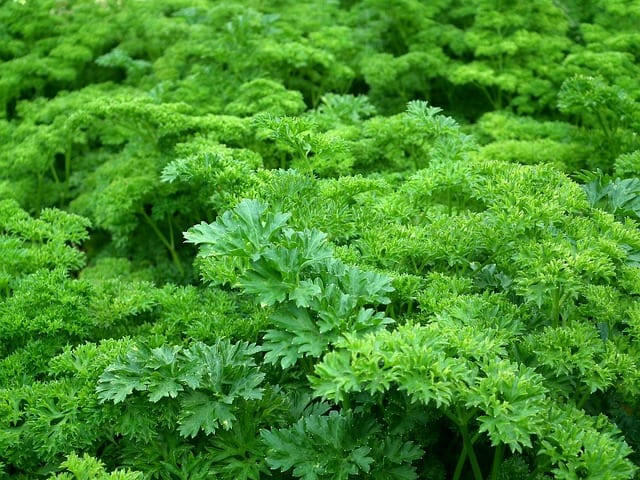
August is a great time to plant parsley in Oklahoma as it enjoys cooler weather for germination. Seeds can be directly sown into the garden bed or started indoors and transplanted. Parsley requires full sun to partial shade and well-draining soil. It’s a versatile herb in the kitchen and can be harvested throughout fall, even if minor frosts occur.
Oregano
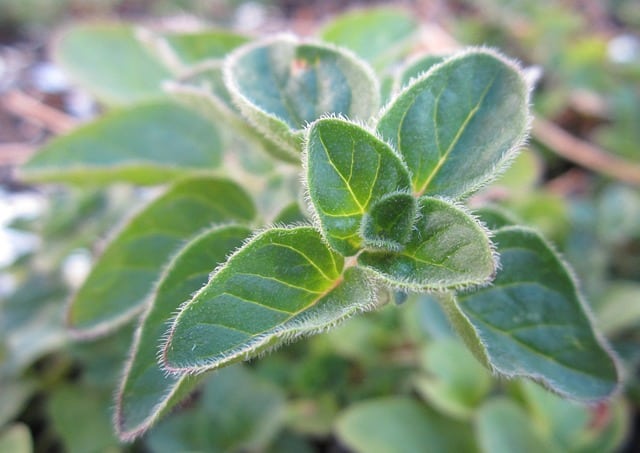
Oregano thrives in late summer conditions and can be planted in August for optimal growth. This perennial herb is drought-resistant and prefers well-drained soil and full sun. After establishing, oregano can withstand the cold and even snow frost, making it a reliable herb to grow in Oklahoma. Its rich flavor makes it a crucial ingredient in Italian and Mediterranean dishes.
Thyme
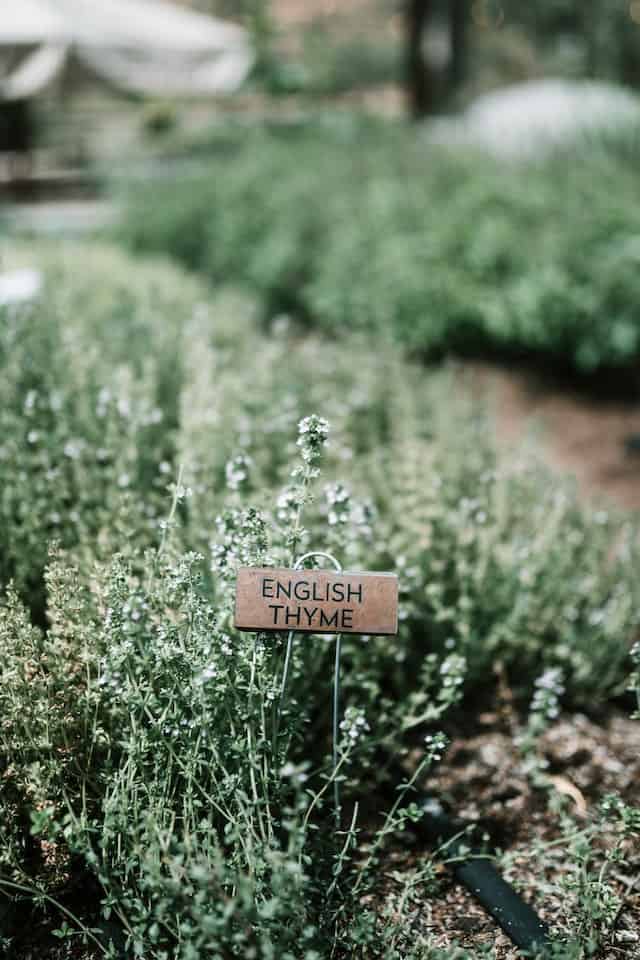
Thyme is another perennial herb that you can plant later in August, as it flourishes with relatively little care. Thyme prefers full sun and well-drained soil. This heat-tolerant herb can withstand drought once established, making it suitable for Oklahoma’s climate. In addition to its culinary use, thyme also contributes beauty to the garden, showcasing tiny purple flowers.
Dill
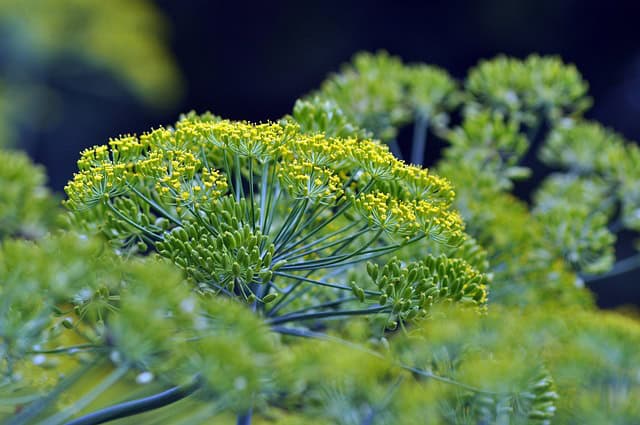
Dill is fast-growing and can be planted in August. It prefers full sun and well-drained, consistently moist soil. Dill can be harvested as needed, enhancing salads, fish, and various dishes with its unique flavor. While it can withstand short periods of frost, it’s better suited for harvest before heavy freezes.
Sage
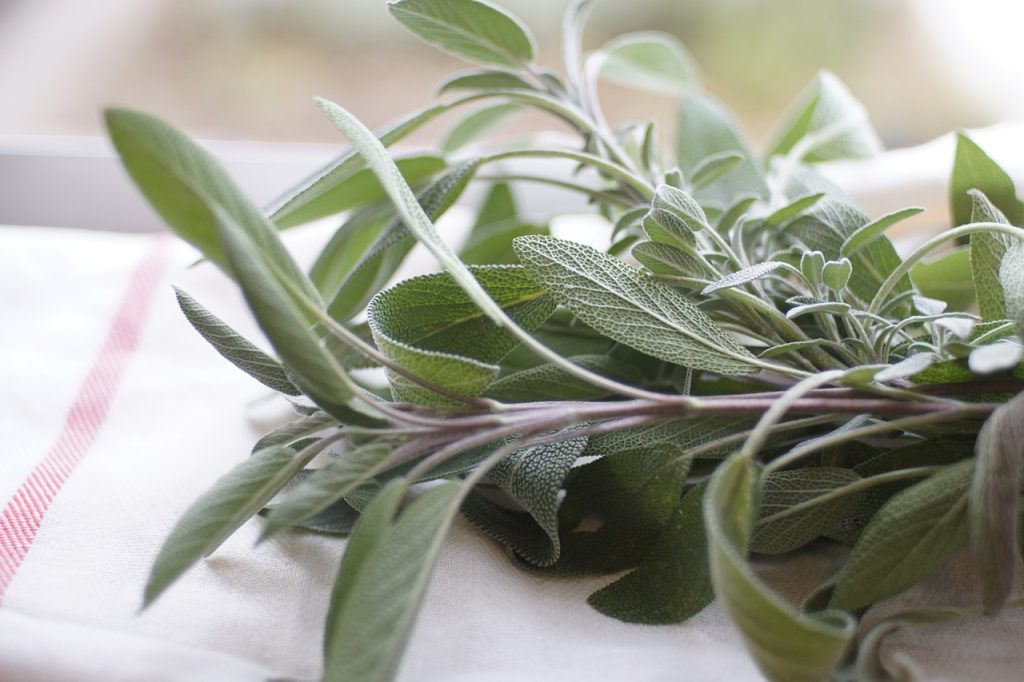
August is a suitable time to plant sage in Oklahoma, as this perennial herb flourishes in well-drained soil and full sun. Once established, sage can tolerate dry conditions and can be used in various culinary applications. Blooms in summer also attract pollinators, thereby enhancing the biodiversity in your garden.
Mint
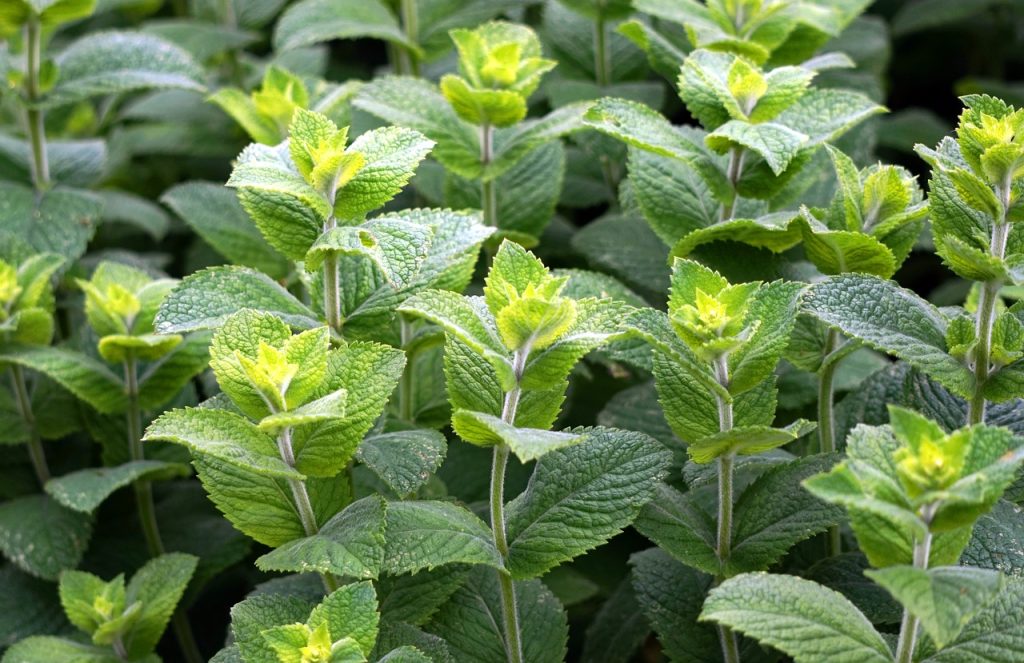
Mint is a vigorous, fast-growing herb that thrives when planted in August. It prefers moist, rich soil and partial to full sun. However, it’s essential to control mint’s spread as it can become invasive. Consider planting it in containers to keep it contained. Fresh mint can add an invigorating flavor to beverages, salads, and desserts.
Fennel
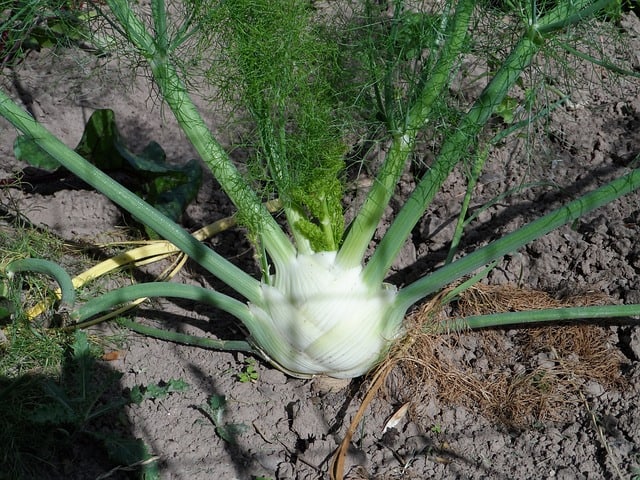
Fennel can be planted in late August for flavorful herb leaves and seeds. It thrives in full sun and tastes fantastic in salads and various dishes. This herb prefers well-drained soil and must be harvested before the first heavy frost. Fennel’s feathery foliage adds visual beauty to the garden, coupled with the added benefit of attracting beneficial insects.
Landscape Plants To Plant
Auguste is a prime month for planting landscape plants that enhance your garden’s aesthetic and biodiversity. Below are ten landscape plants that thrive when planted now in Oklahoma:
Black-eyed Susan (Rudbeckia)
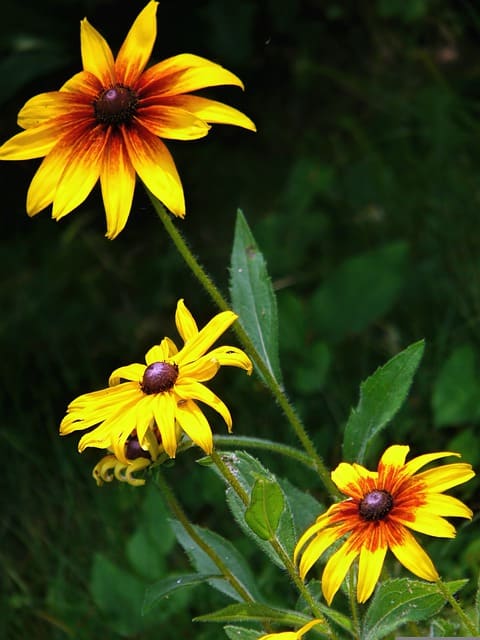
Black-eyed Susan is a hardy perennial that adds vibrant yellow blooms to your landscape. Planting them in August allows for establishment before frost. They thrive in well-drained soil with full sun, producing abundant flowers that attract butterflies and other pollinators.
Coneflower (Echinacea)
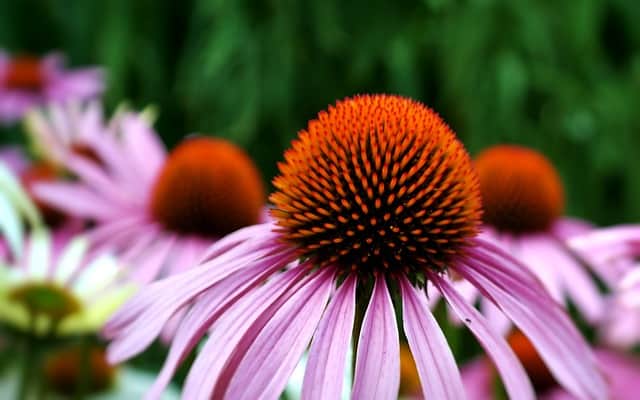
Coneflowers are another great addition to any landscape, known for their decorative blooms and medicinal properties. Plant them in August for healthy root development before winter. These drought-tolerant perennials thrive best in full sun and can adapt to a variety of soil types.
Daylilies (Hemerocallis)
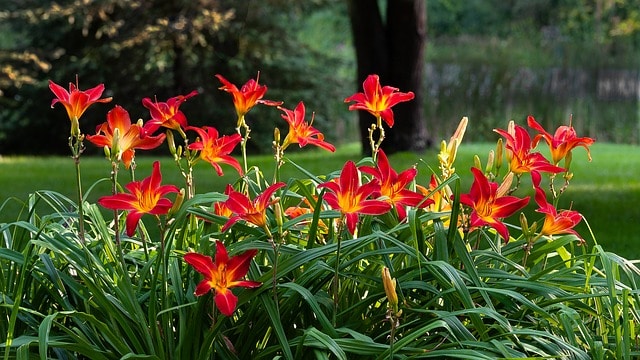
Daylilies are particularly hardy and versatile, flowering profusely with minimal care. These perennials can be planted in August, ensuring they are well-established before the extreme cold begins. They thrive in full sun and can adapt to different types of soil, providing colorful blooms year after year.
Ornamental Grasses
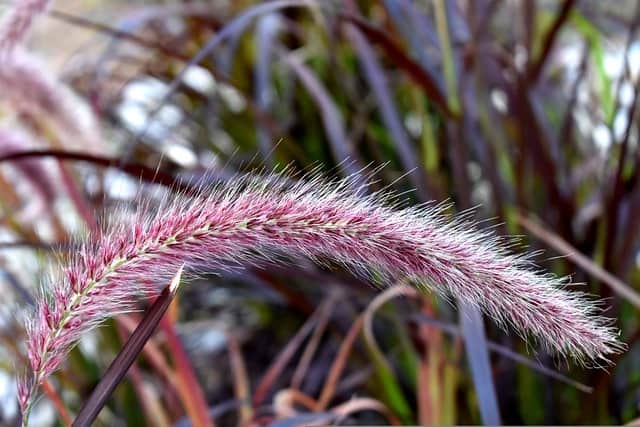
August is a suitable time to plant various ornamental grasses, which add texture and movement to your landscape. Grasses such as Miscanthus sinensis (Maiden Grass) and Panicum virgatum (Switchgrass) thrive in full sun and are drought-resistant once established. Their ability to sway in the wind adds a beautiful dynamic feature to any garden.
Crape Myrtle
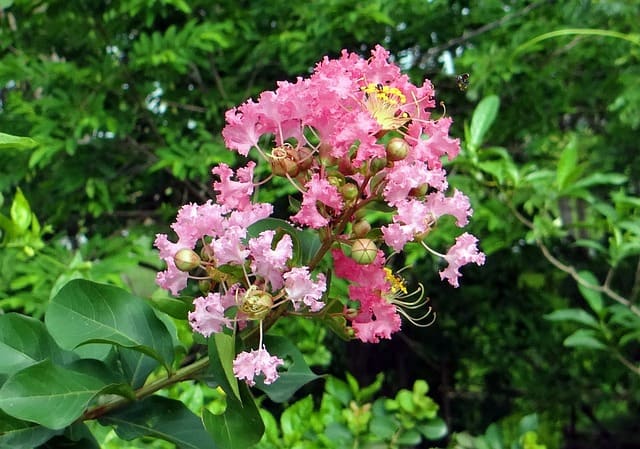
Crape Myrtle is a flowering tree that can be planted in August, thriving in sunny locations with well-drained soil. It produces stunning blooms over the summer and well into the fall. When cared for properly, Crape Myrtle also offers beautiful bark and fall color.
Red Maple (Acer rubrum)
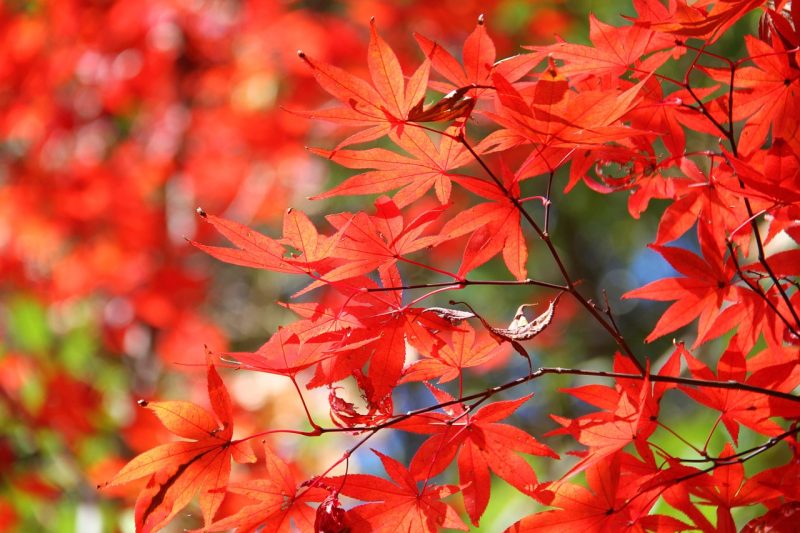
August is a strategic time to plant red maple trees, as they establish healthy roots before winter’s onset. These trees prefer moist, well-drained soil and can grow well in various conditions. The red maple provides stunning autumn color, making it popular for landscaping.
Lilac (Syringa)
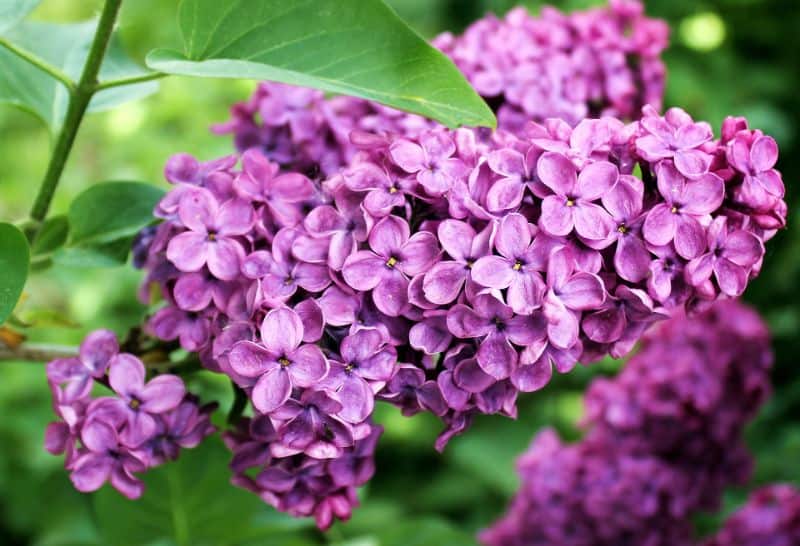
Lilac bushes can be planted in August, perfect for gardeners looking to enjoy blooms in late spring. They prefer well-draining soil and sunny locations. Once established, lilacs are hardy and can withstand Oklahoma’s winter conditions, providing a lovely fragrance when they bloom.
Holly (Ilex)
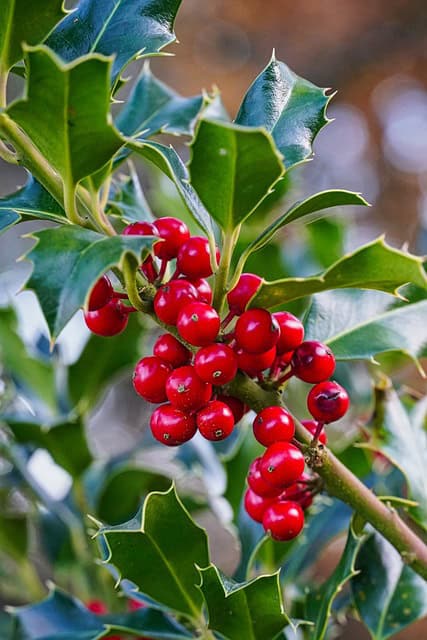
Hollies are evergreen shrubs that add year-round color and structure to your landscape. They can successfully be planted in August; both male and female varieties are needed for berry production. They thrive in well-drained soil in full sun or partial shade.
Butterfly Bush (Buddleia)
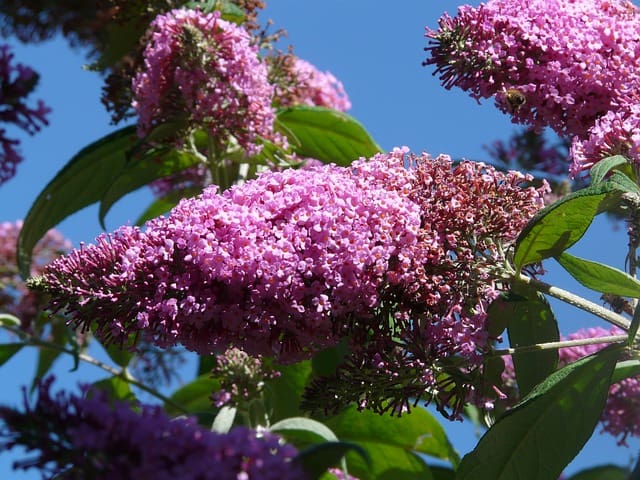
Planting butterfly bush in August encourages growth during the fall. These shrubs attract butterflies with their fragrant blooms and thrive in full sun with well-drained soil. They can add a splash of color and are a great option for anyone looking to attract wildlife to their garden.
Spirea

Spirea is an easy-to-grow landscape shrub that can be planted in August for colorful flowering in spring and summer. They prefer full sun and well-drained soils and are excellent for hedge planting, providing an eye-catching structure in the garden.


